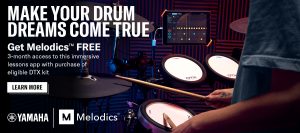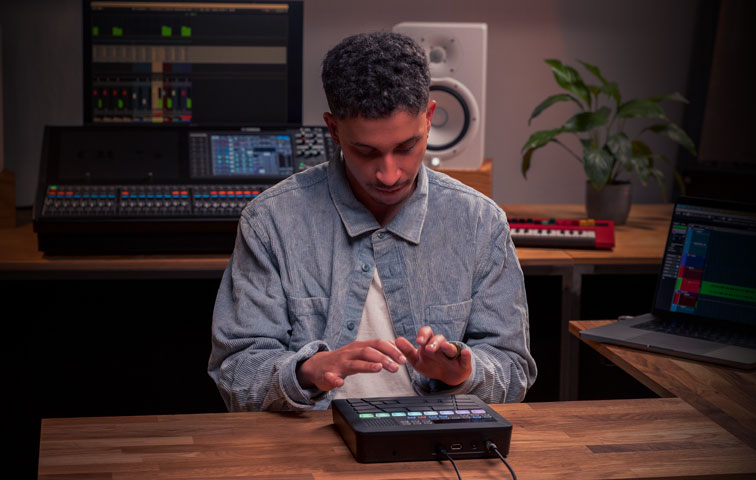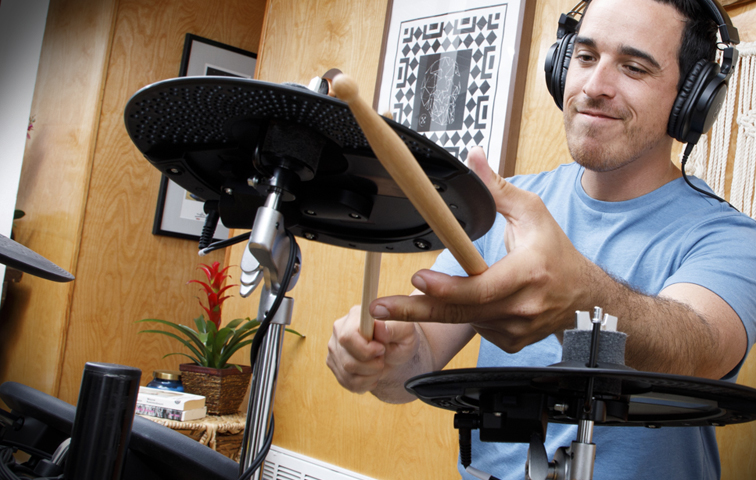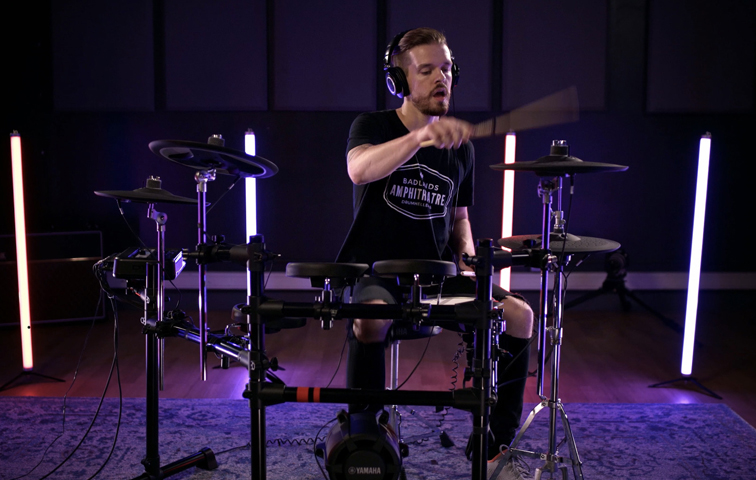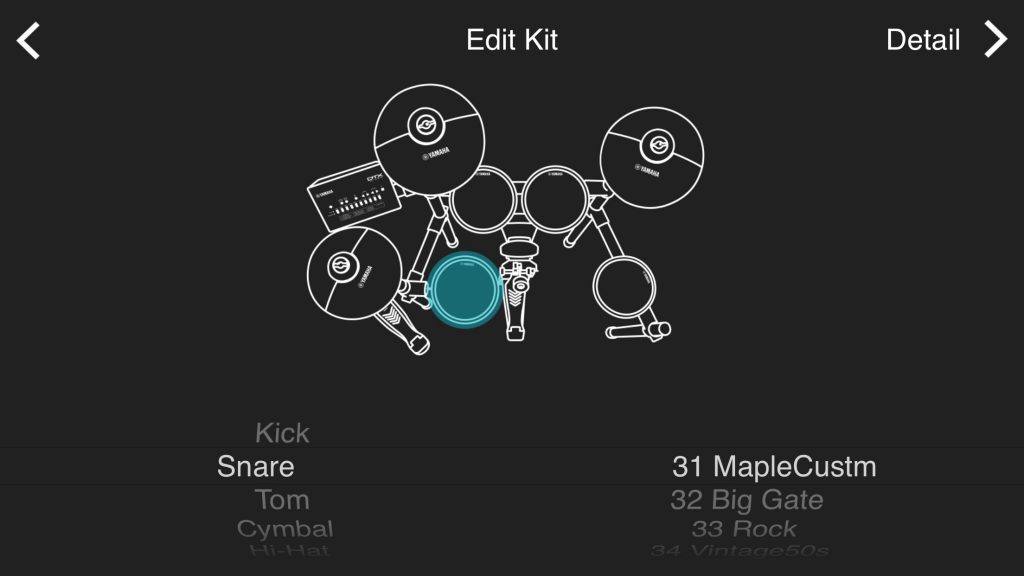Five Reasons Why You Should Practice On Electronic Drums
There are many benefits … and your neighbors will thank you too!
I’m a drummer who has played acoustic drums on gigs for as long as I can remember, but there’s no escaping the fact that practicing on acoustic drums can sometimes be a challenge. Let’s take a look at the top five reasons why you should consider practicing on electronic drums instead.
1. They Allow You to Practice Quietly.
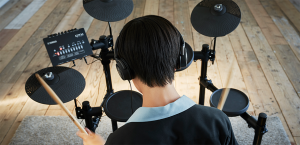
Acoustic drums and cymbals were designed to be hit with a piece of wood. Unfortunately, the great sounds they make as a result of being struck aren’t as controllable as our family members and neighbors might like … and, sadly, there are no volume knobs on acoustic drums.
Electronic drums — also referred to as E-drums — solve this problem by actually providing such a knob and allowing you to use headphones or earphones to play as loud as you want without anyone else hearing you do your best imitation of Tommy Aldridge, John Bonham or [insert name of favorite drummer here].
The only audible sound is of the stick hitting the drum and cymbal pads and the kick pedal beater hitting the kick pad (unless you are using a beater-less kick pedal, which reduces the volume to a whisper). This comes in handy with late-night practicing or apartment living.
Having total control of your overall volume with the push of a button or twist of a knob also helps to protect your ears from damage — something that is harder to manage when playing loud cymbals on an acoustic set.
In addition, playing E-drums with headphones or earphones encourages kids to be more creative and try things they wouldn’t normally try on acoustic drums (such as playing different styles of music) since they are the only ones hearing it.
2. You Can Record Yourself Easily.
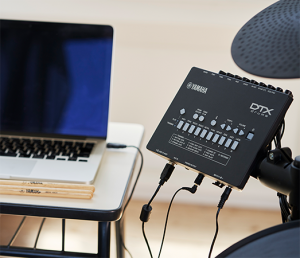
When playing drums, it’s sometimes hard to tell if you’re actually playing “in time.” Recording yourself playing along to a pre-recorded song or a metronome and listening back is a great way to tell if you are speeding up, slowing down or playing right on the money.
Some E-drum modules (the “brain” of the kit) have built-in recording options that make it quite easy. You can also connect a module such as the Yamaha DTX-PRO to your computer via a USB, or just use the analog outputs of the module to record into your favorite DAW (Digital Audio Workstation) software.
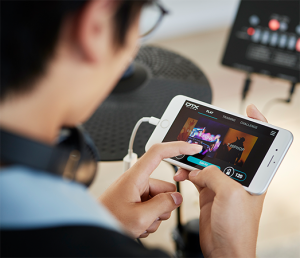
My favorite way to record is with an app such as Rec’n’Share, which is compatible with a number of Yamaha electronic drum kits, including the DTX6 Series. Simply install this free app onto your iPhone® or iPad® and connect the device to your module. This allows you to use the pro sound of your drum module along with your phone’s camera to record a top-notch video.

3. Built-In Timing and Training Exercises.
Some drum modules have built-in training and learning exercises. These valuable practice tools enable you to improve your playing skills in a fun and challenging way and makes practicing more enjoyable, thus allowing you to immerse yourself in the limitless excitement of drumming. The module’s features can include:
- Metronome – This is the most common and most-utilized tool offered by a module. You can play along with the metronome by hearing the “click” and/or by seeing it. Either way, this allows you to determine if you are ahead of or behind the beat.
- Play-Along Songs – You can play along to recorded songs in the module’s memory or hook up your own music player. Pop, rock, funk, metal, hip hop, EDM, jazz and latin are some of the styles of songs commonly offered by most modules.
- Training Modes – These exercises are designed to make you a better player, faster. They’re a fun way to learn to read drum music notation, play with dynamics and develop your sense of timing.
4. Compact Size.
The footprint of most electronic drum sets is smaller than that of an acoustic set. This means that you can set up your E-drums in rooms with limited space and store them in a closet or under the bed when not in use.
E-drum pads are also smaller in size compared to acoustic drums, so they can be easily adjusted to fit your own height and unique setup. For example, tom pads can be closer together and lower to the ground. On acoustic sets, the toms typically have to sit on top of the bass drum and cannot go any lower than the top of the bass drum.
Since E-drums are so compact, they are lighter and more portable than an acoustic drum set. This comes in handy if you do a lot of traveling and want to take your drums with you.
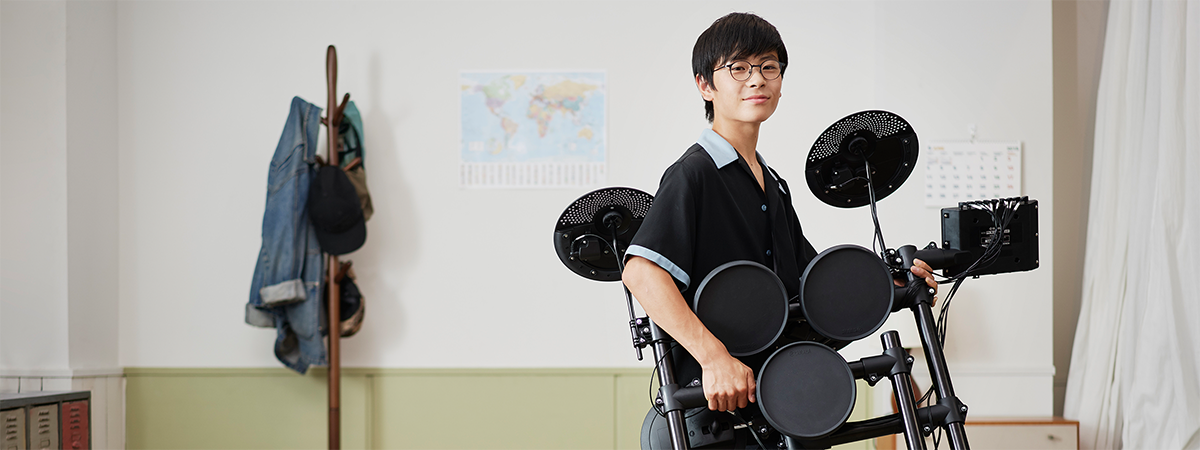
5. Sounds, Sounds and MORE Sounds!
Practicing on an acoustic drum set gives you one particular overall sound that, aside from tuning your drums, is not going to change much. But with an electronic drum kit, you get top-notch, studio-quality sounds recorded with expensive microphones and effects like reverb and delay that you would have to spend a fortune to reproduce on an acoustic set.
Think it’s complicated? It’s not. Actually, finding your way around an electronic drum module is quite easy. Just by pushing a few buttons you can tune every drum and cymbal higher or lower in pitch, edit or alter sounds and effects and put custom kits together.
Most modules have hundreds of internal sounds and the ability to load in your own custom samples. Having that many different drum and percussion sounds and effects available at the push of a button — and also being able to play hand percussion on your pads — allows you to explore styles and genres of music you normally might not play.
Choose the E-drum kit that is right for you and that has the features that best suit your needs. Your neighbors will thank you!
Click here for more information about Yamaha electronic drums.
Click here for more information about Yamaha DTX6 Series electronic drums.
